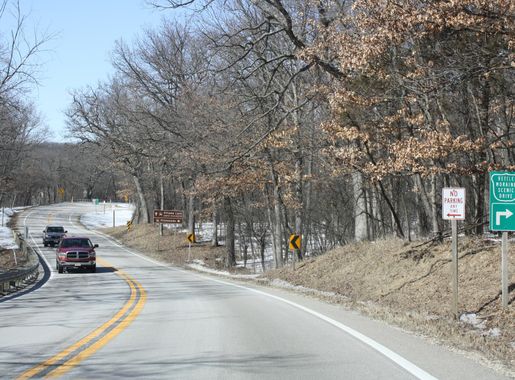
Exploring the Enchanting Kettle Moraine State Forest
Discover the beauty of Kettle Moraine State Forest in Wisconsin, a scenic haven for hiking, camping, and outdoor adventures amidst glacial landscapes and diverse wildlife.
Nestled in the heart of southeastern Wisconsin, Kettle Moraine State Forest is a natural wonder that offers a perfect escape for nature lovers and outdoor enthusiasts. This sprawling forest covers over 56,000 acres and is divided into several units, each offering its own unique landscapes and recreational opportunities. The forest is named after the geological formations created by glacial movement thousands of years ago, which have left behind a stunning terrain of rolling hills, deep kettles, and serene lakes. Whether you're an avid hiker, a bird watcher, or someone who simply enjoys a peaceful stroll through nature, Kettle Moraine State Forest has something for everyone. The forest features more than 160 miles of trails, including the famous Ice Age National Scenic Trail, which winds through the forest's diverse habitats. In addition to hiking, visitors can enjoy biking, horseback riding, and cross-country skiing in the winter months. The forest's numerous lakes and rivers also provide excellent opportunities for fishing, kayaking, and swimming. Kettle Moraine State Forest is not just about its natural beauty; it also offers a rich cultural experience. The forest is home to several historic sites and interpretive centers that provide insights into the area's glacial history and the Native American tribes who once inhabited the region. Campgrounds and picnic areas are scattered throughout the forest, making it an ideal destination for a family outing or a weekend getaway. With its breathtaking landscapes and myriad recreational activities, Kettle Moraine State Forest is a must-visit destination for anyone looking to reconnect with nature and explore the great outdoors.
Local tips in Kettle Moraine State Forest
- Visit during the fall to witness the stunning foliage and enjoy cooler hiking temperatures.
- Bring bug spray in the summer months to protect against mosquitoes and ticks.
- Check trail conditions before you go, as some paths can be muddy after rain.
- Reserve campsites in advance, especially during peak seasons like summer and fall.
- Stop by the visitor centers for maps, trail information, and insights into the forest's history.
Exploring the Enchanting Kettle Moraine State Forest
Nestled in the heart of southeastern Wisconsin, Kettle Moraine State Forest is a natural wonder that offers a perfect escape for nature lovers and outdoor enthusiasts. This sprawling forest covers over 56,000 acres and is divided into several units, each offering its own unique landscapes and recreational opportunities. The forest is named after the geological formations created by glacial movement thousands of years ago, which have left behind a stunning terrain of rolling hills, deep kettles, and serene lakes. Whether you're an avid hiker, a bird watcher, or someone who simply enjoys a peaceful stroll through nature, Kettle Moraine State Forest has something for everyone. The forest features more than 160 miles of trails, including the famous Ice Age National Scenic Trail, which winds through the forest's diverse habitats. In addition to hiking, visitors can enjoy biking, horseback riding, and cross-country skiing in the winter months. The forest's numerous lakes and rivers also provide excellent opportunities for fishing, kayaking, and swimming. Kettle Moraine State Forest is not just about its natural beauty; it also offers a rich cultural experience. The forest is home to several historic sites and interpretive centers that provide insights into the area's glacial history and the Native American tribes who once inhabited the region. Campgrounds and picnic areas are scattered throughout the forest, making it an ideal destination for a family outing or a weekend getaway. With its breathtaking landscapes and myriad recreational activities, Kettle Moraine State Forest is a must-visit destination for anyone looking to reconnect with nature and explore the great outdoors.
When is the best time to go to Kettle Moraine State Forest?
Iconic landmarks you can’t miss
Kettle Moraine State Forest - Northern Unit
Explore the breathtaking beauty of Kettle Moraine State Forest - Northern Unit, a top destination for outdoor enthusiasts in Wisconsin.
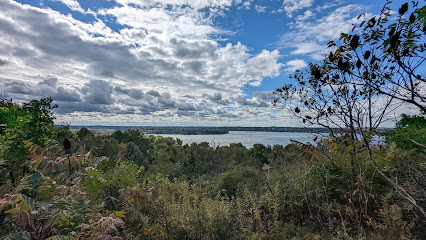
Kettle Moraine State Forest - Lapham Peak Unit
Discover the breathtaking landscapes and outdoor adventures at Kettle Moraine State Forest - Lapham Peak Unit, a premier state park in Wisconsin.
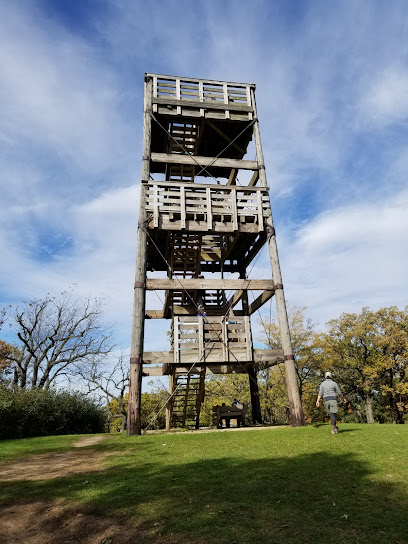
Parnell Tower
Explore the breathtaking heights of Parnell Tower, a top hiking destination in Wisconsin, offering stunning views and serene nature trails for all adventurers.
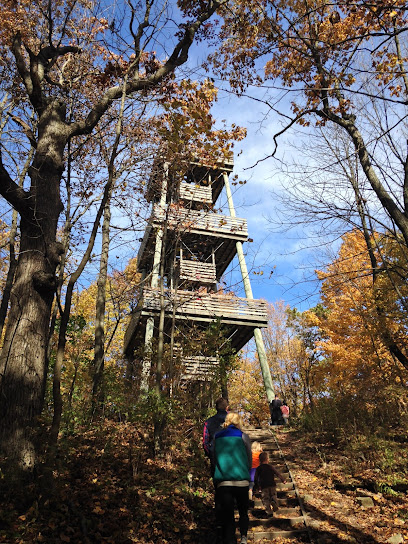
Wade House Historic Site
Explore the rich 19th-century history at Wade House Historic Site, a unique blend of museum and historical landmark in Wisconsin's serene countryside.
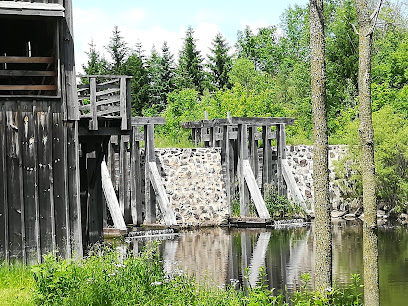
Cedarburg Covered Bridge
Experience the charm of Wisconsin's Cedarburg Covered Bridge, a historic landmark offering scenic beauty and a glimpse into the region's rich heritage.
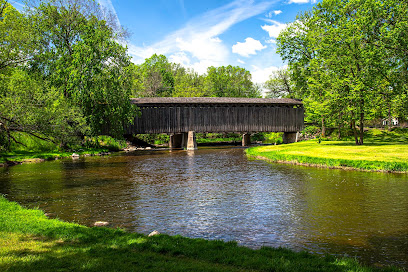
Kettle Moraine State Forest - Pike Lake Unit Day Use Area
Discover the serene beauty of Kettle Moraine State Forest - Pike Lake Unit, a perfect destination for outdoor activities and relaxation in Wisconsin's natural landscape.
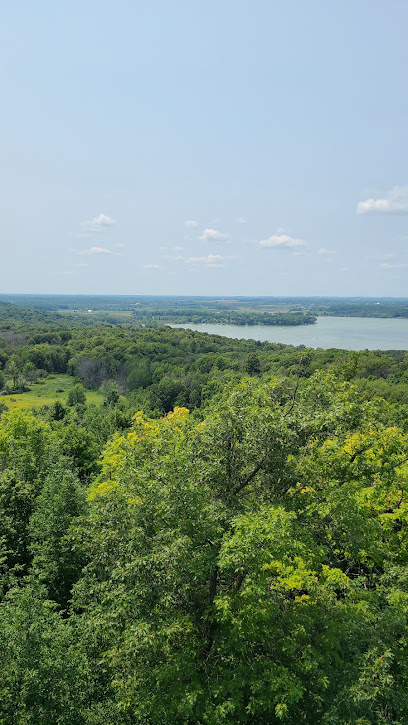
Kettle Moraine State Forest - Mukwonago River Unit
Discover the breathtaking beauty of Kettle Moraine State Forest - Mukwonago River Unit, a prime destination for outdoor adventures in Wisconsin.
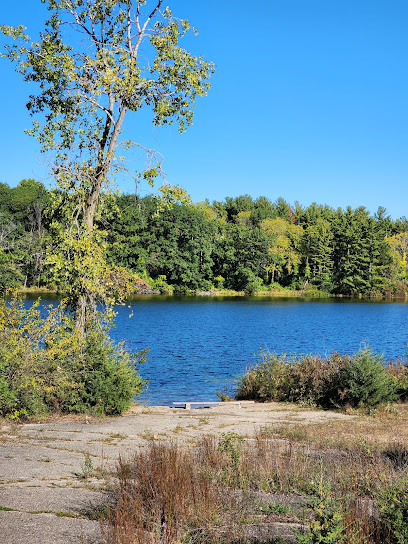
Kettle Moraine Low Prairie State Natural Area
Explore the tranquil beauty of Kettle Moraine Low Prairie State Natural Area, a nature preserve perfect for hiking, wildlife watching, and enjoying picturesque landscapes.
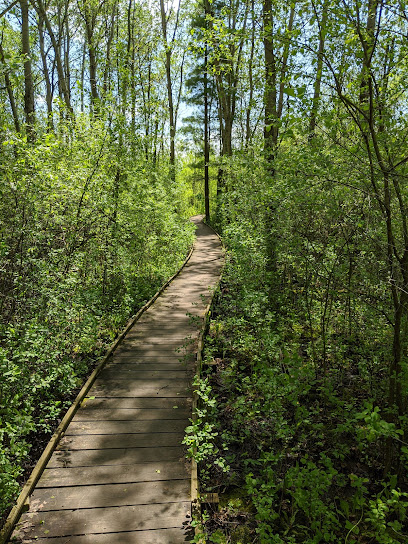
Spruce Lake Bog
Explore Spruce Lake Bog, a serene nature preserve in Campbellsport, Wisconsin, offering stunning landscapes and diverse wildlife for nature lovers.
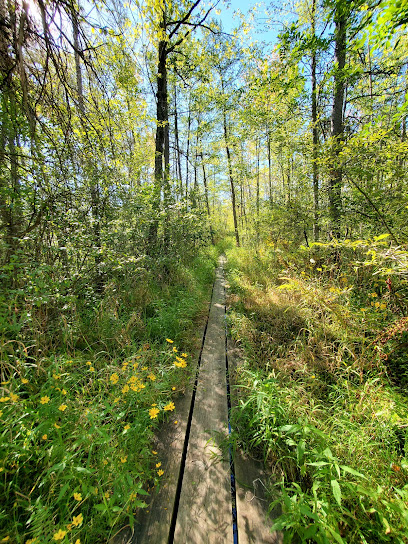
Kettle Moraine State Forest - Loew Lake Unit
Experience the serene beauty of Kettle Moraine State Forest - Loew Lake Unit, a nature lover's paradise in Wisconsin, perfect for outdoor adventures and relaxation.

Kettle Moraine Red Oaks State Natural Area
Explore the enchanting landscapes and diverse ecosystems of Kettle Moraine Red Oaks State Natural Area in Glenbeulah, Wisconsin.
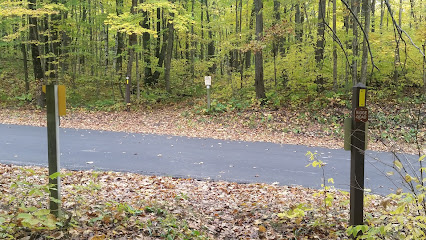
Old Wade House State Park
Explore the breathtaking landscapes and rich history at Old Wade House State Park in Greenbush, Wisconsin, a perfect getaway for nature and history enthusiasts.
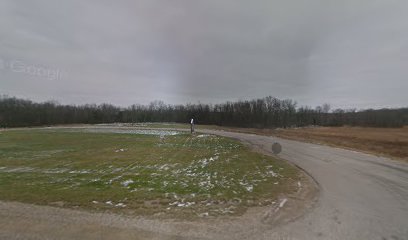
Unmissable attractions to see
Shalom Wildlife Zoo
Discover Shalom Wildlife Zoo in West Bend, Wisconsin—a unique blend of animal park and educational experience ideal for families and wildlife enthusiasts.
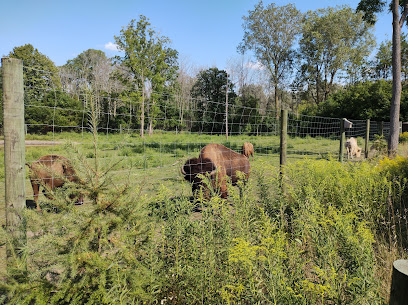
Lion's Den Gorge Nature Preserve
Experience the breathtaking beauty of Lion's Den Gorge Nature Preserve in Grafton, Wisconsin, where nature meets adventure along Lake Michigan's stunning coastline.
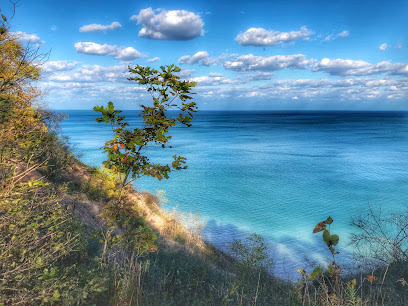
Kettle Moraine State Forest - Northern Unit
Discover the breathtaking landscapes and outdoor adventures at Kettle Moraine State Forest - Northern Unit, a must-visit destination in Wisconsin.
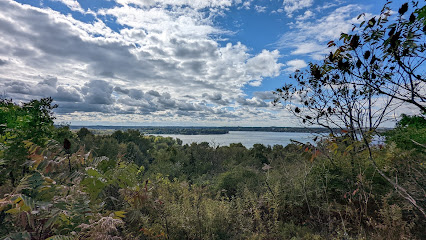
Harrington Beach State Park
Explore the breathtaking landscapes of Harrington Beach State Park, a perfect spot for outdoor activities and relaxation along Lake Michigan.
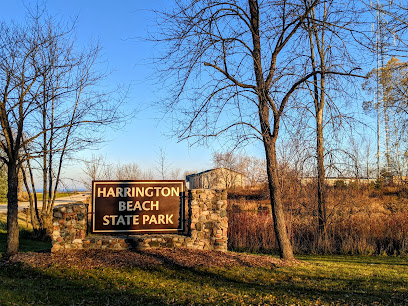
Bookworm Gardens
Explore the whimsical world of Bookworm Gardens, where nature and storytelling create a magical experience for families in Sheboygan, Wisconsin.
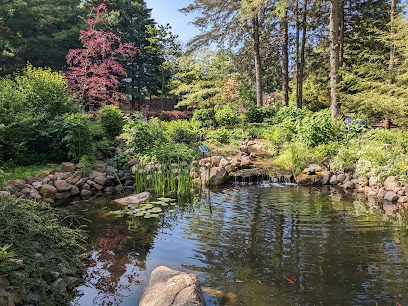
Kettle Moraine State Forest - Lapham Peak Unit
Explore the breathtaking Kettle Moraine State Forest - Lapham Peak Unit for hiking, scenic views, and wildlife encounters in Wisconsin's beautiful landscapes.
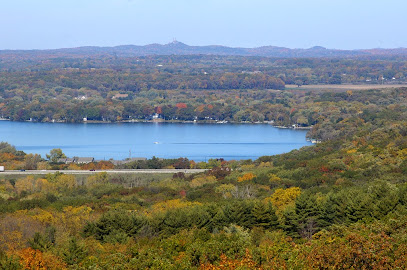
Schlitz Audubon Nature Center
Explore the serene beauty of Schlitz Audubon Nature Center, a wildlife refuge and nature preserve perfect for nature lovers and outdoor enthusiasts.

Regner Park
Discover the serene beauty and recreational activities at Regner Park in West Bend, Wisconsin, perfect for families and nature lovers alike.
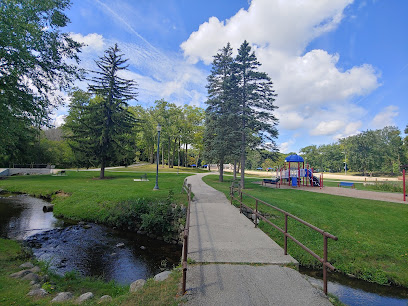
Old World Wisconsin
Explore Old World Wisconsin, a living history museum that showcases 19th-century rural life through interactive exhibits and authentic experiences.
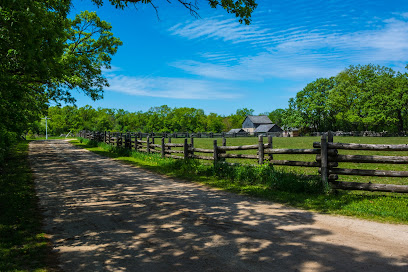
Upper Lake Park
Explore the natural beauty of Upper Lake Park in Port Washington, a perfect destination for relaxation, recreation, and stunning lakeside views.
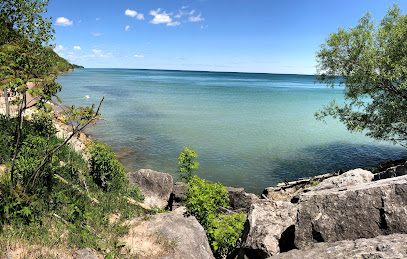
Sunburst Ski Area
Experience the thrill of skiing at Sunburst Ski Area, where winter adventures await in the heart of Wisconsin's beautiful landscape.
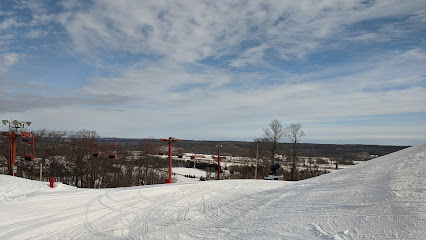
Aztalan State Park
Uncover the rich history of the Mississippian culture amidst nature’s beauty at Aztalan State Park, a unique Wisconsin gem.
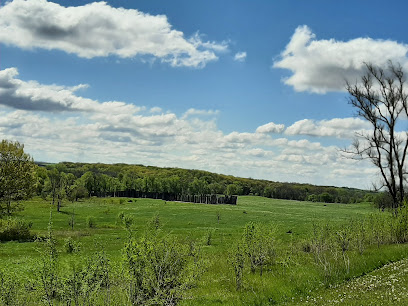
Mauthe Lake Recreation Area
Experience the natural beauty and tranquility of Mauthe Lake Recreation Area, a perfect outdoor retreat in Wisconsin for families and nature lovers.
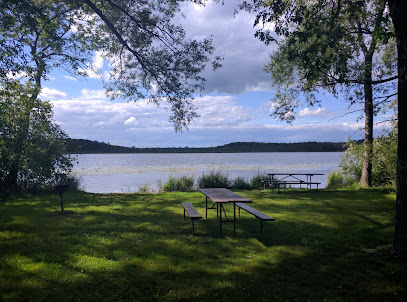
Museum of Wisconsin Art
Explore the Museum of Wisconsin Art in West Bend for a captivating journey through local and national artistry in a picturesque setting.
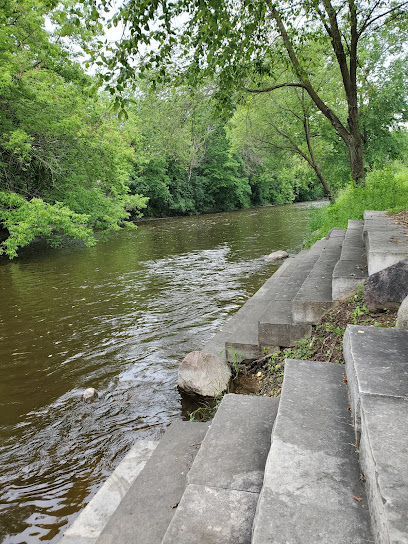
Wisconsin DNR
Discover the beauty of Wisconsin DNR State Park, a perfect blend of adventure and tranquility in nature’s embrace.
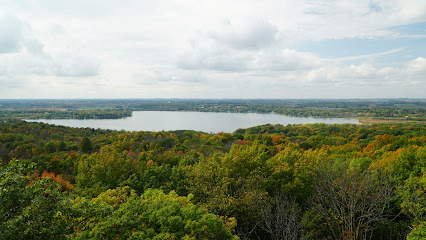
Essential places to dine
The Mineshaft
Discover The Mineshaft: A family-friendly restaurant in Hartford offering American cuisine, Mexican delights, and an exciting arcade experience.
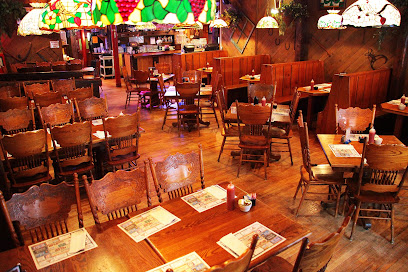
The Fox & Hounds Restaurant & Tavern
Discover the culinary delights at The Fox & Hounds Restaurant & Tavern - where fine dining meets rustic charm in Hubertus.
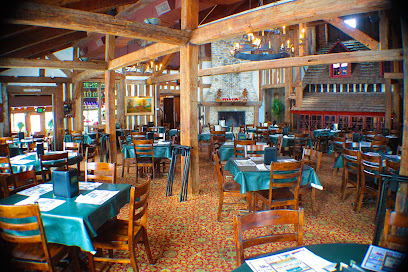
Jug's Hitching Post Saloon & Grill
Discover the perfect blend of rustic charm and modern dining at Jug's Hitching Post Saloon & Grill in West Bend - where every meal is a celebration.

Flipside Cafe & Grill
Discover Flipside Cafe & Grill in Grafton - where delicious breakfasts meet grill favorites in a warm family atmosphere.
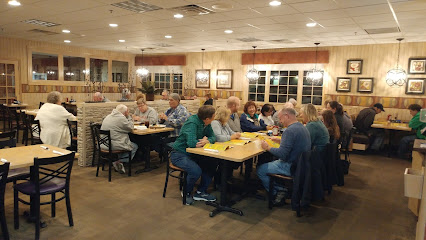
Omicron Family Restaurant
Experience family-friendly dining at Omicron Family Restaurant in West Bend, WI – where delicious breakfasts and lunches create lasting memories.
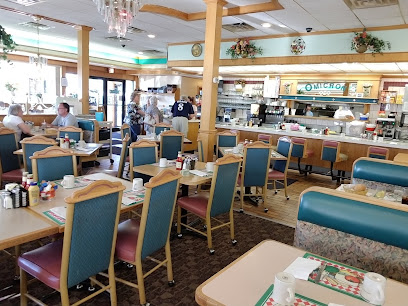
The Braising Pan
Savor the rich flavors of German cuisine blended with American classics at The Braising Pan in West Bend.

Hamburger Haus
Savor mouthwatering burgers at Hamburger Haus in Campbellsport - a must-visit for every burger lover seeking authentic American flavors.
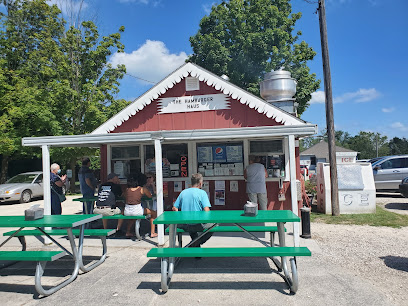
The Copper Dock
Discover The Copper Dock: A lakeside American restaurant offering unique dishes and a charming atmosphere in Hubertus, Wisconsin.
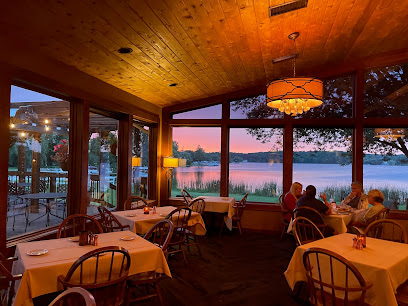
Jail House Restaurant
Experience unique dining at Jail House Restaurant in West Bend – where rich history meets flavorful cuisine in a cozy atmosphere.
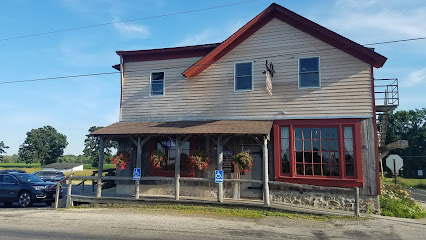
Charcoal Grill
Discover Charcoal Grill in West Bend: A beloved destination for grilled American cuisine that combines flavor, comfort, and an inviting atmosphere.
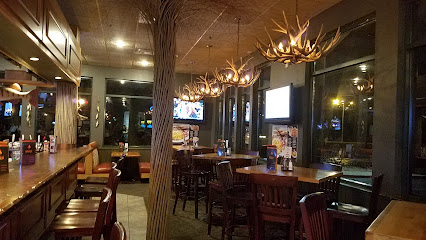
The Norbert
Experience the vibrant flavors of Spain at The Norbert - West Bend's premier tapas bar offering exquisite small plates and an inviting atmosphere.
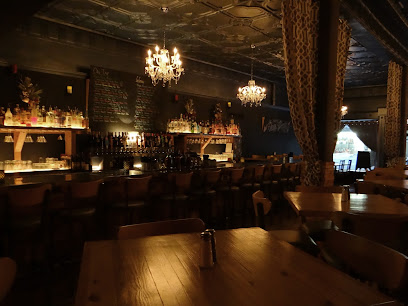
the cheel
Experience the vibrant tastes of Nepalese and Burmese cuisine at The Cheel in Thiensville—where every dish tells a story.
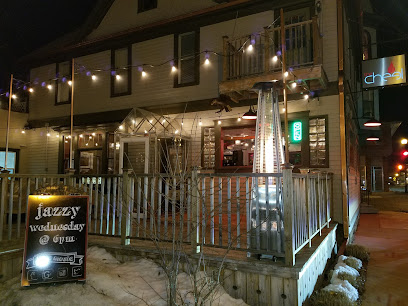
Great Outdoors Supper Club
Experience rustic charm and delicious grill cuisine at Great Outdoors Supper Club in Wisconsin's picturesque wilderness.

The Farmstead
Experience the rich flavors of Wisconsin at The Farmstead - Cedarburg's premier steakhouse offering farm-fresh dishes in a cozy setting.
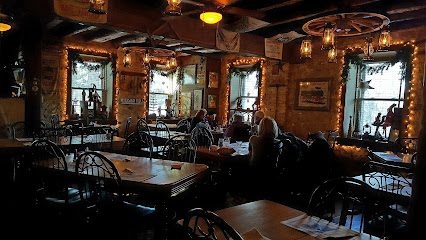
Uncle Larry’s Rustic Inn
Experience delicious American cuisine in a rustic setting at Uncle Larry's Rustic Inn - your go-to dining destination in Hartford, WI.
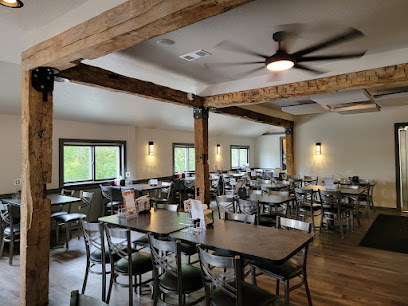
Markets, malls and hidden boutiques
Walmart Supercenter
Discover Walmart Supercenter in West Bend, a one-stop shop for everything from groceries to electronics, catering to all your travel needs.
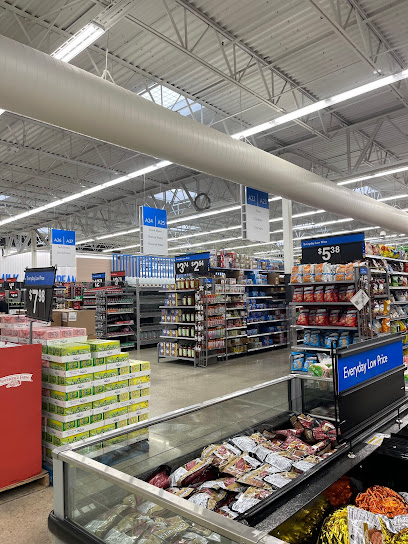
Kettle Moraine State Forest - Northern Unit
Discover the breathtaking beauty of Kettle Moraine State Forest - Northern Unit, a Wisconsin paradise for nature lovers and outdoor adventurers.
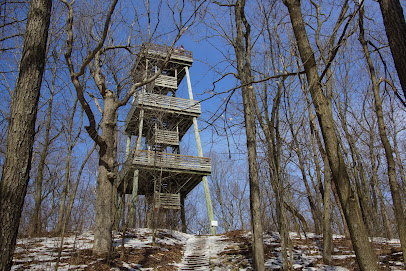
Held's Meat and Cheese Market
Discover the best of local flavors at Held's Meat and Cheese Market, where quality meats and artisanal cheeses await your palate.
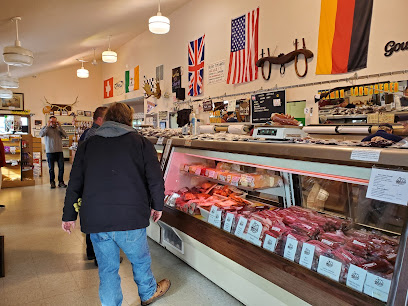
The Shops At Woodlake Kohler
Explore boutique shops and unique gifts at The Shops At Woodlake Kohler, a charming shopping destination in the heart of Wisconsin.
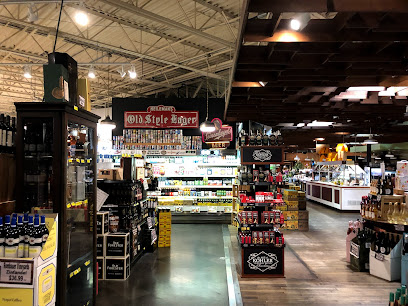
The Chocolate Factory
Experience the joy of indulgence at The Chocolate Factory, where delicious sandwiches meet decadent ice cream in West Bend, Wisconsin.
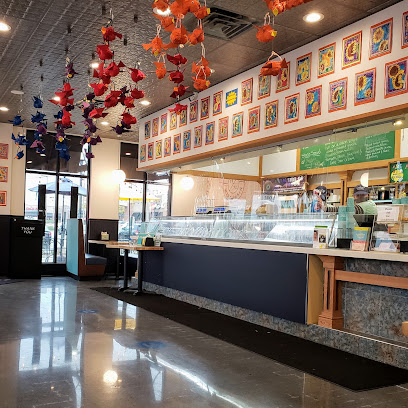
The Gem Shop, Inc.
Explore the captivating world of gemstones at The Gem Shop, Inc. in Cedarburg, Wisconsin – a must-visit for rock and mineral enthusiasts.
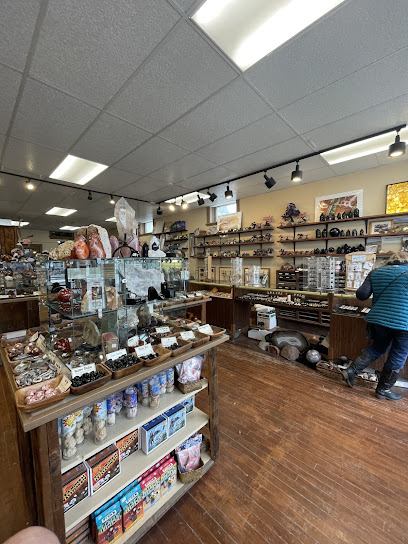
Bath & Body Works
Discover a world of enchanting fragrances and beauty essentials at Bath & Body Works - the perfect stop for delightful gifts in West Bend, Wisconsin.
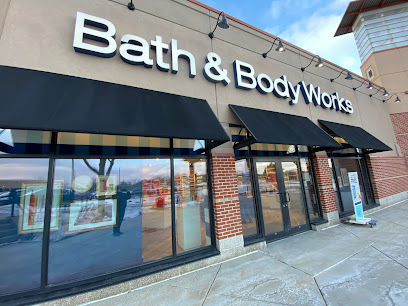
South 40 Western Wear
Explore the charm of the American West at South 40 Western Wear, your go-to destination for authentic Western apparel in West Bend, Wisconsin.
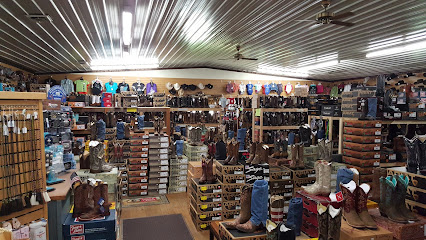
Kettle Moraine Town & Country
Discover Kettle Moraine Town & Country, your go-to destination for quality animal feed and supplies in Kewaskum, Wisconsin.
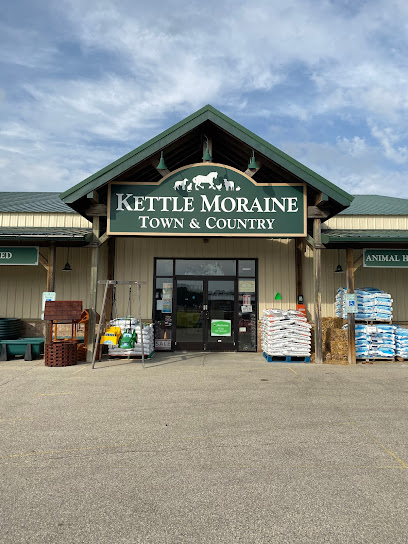
Mountain Outfitters
Explore the thrill of snowboarding at Mountain Outfitters in West Bend, Wisconsin, your local destination for top gear and expert advice.
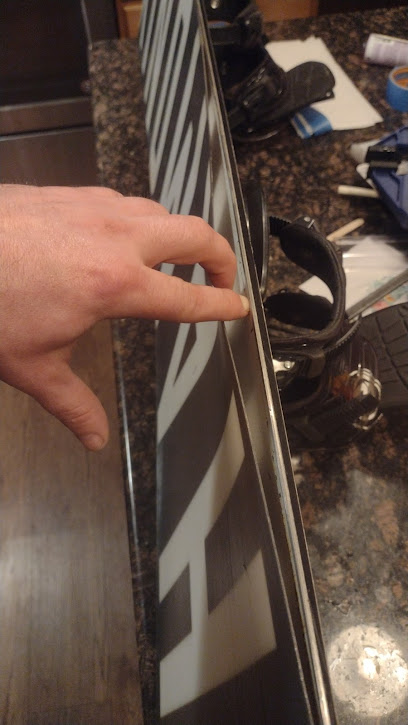
Sierra
Explore Sierra in West Bend, WI: Your one-stop department store for clothing, outdoor gear, and unique finds for every age and interest.
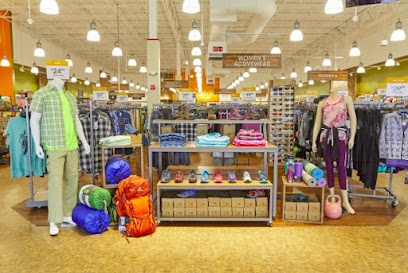
Maus Jewelers
Explore Maus Jewelers in West Bend, where exquisite craftsmanship meets exceptional service in a charming setting, perfect for special occasions.
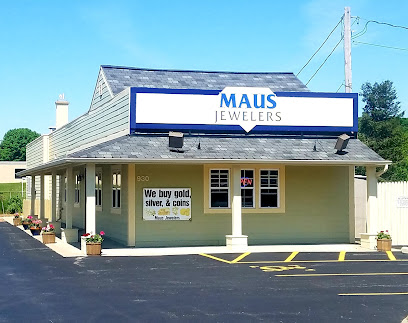
Kettle Moraine State Forest
Explore the natural beauty and outdoor adventures at Kettle Moraine State Forest in Wisconsin, a perfect destination for nature lovers and camping enthusiasts.
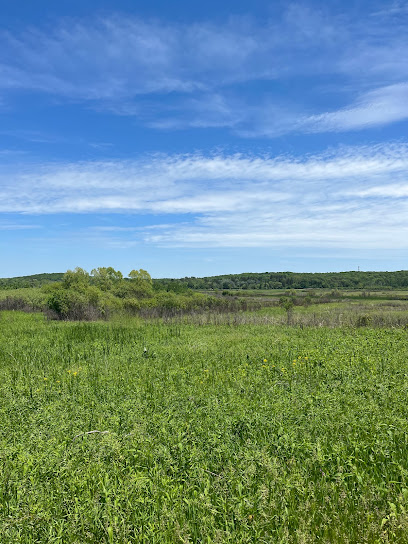
Good As New Shop
Explore the eclectic charm of Good As New Shop in Cedar Grove, where unique treasures and thrifted finds await every visitor.

A Unique Boutique LLC Gift Shop
Explore A Unique Boutique LLC Gift Shop in Marion for handcrafted jewelry, seasonal goods, and delightful gifts celebrating local artisanship.
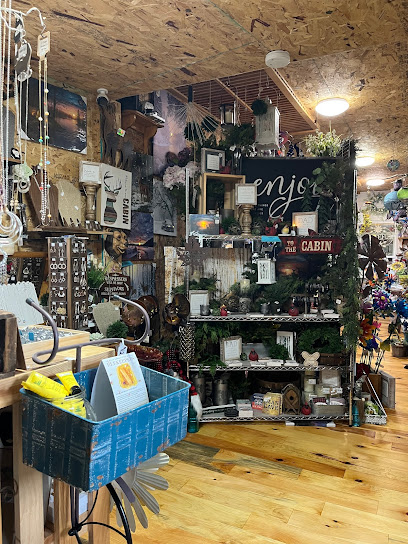
Essential bars & hidden hideouts
Jug's Hitching Post Saloon & Grill
Discover the perfect blend of delicious cuisine and warm hospitality at Jug's Hitching Post Saloon & Grill in West Bend, WI, an ideal spot for any occasion.
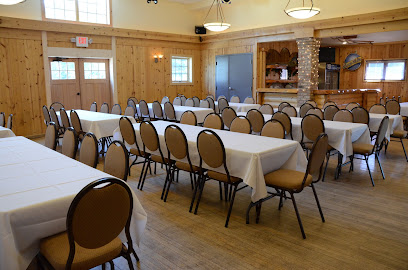
The Norbert
Experience the vibrant flavors of Spain at The Norbert Tapas Bar in West Bend, Wisconsin, offering a delightful menu and a warm atmosphere.
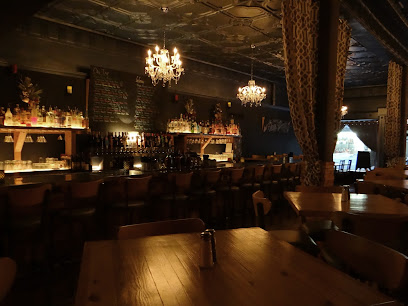
Sheryl's Club 175
Discover Sheryl's Club 175: a lively grill and live music venue in Slinger, Wisconsin, offering delicious American cuisine and vibrant entertainment.
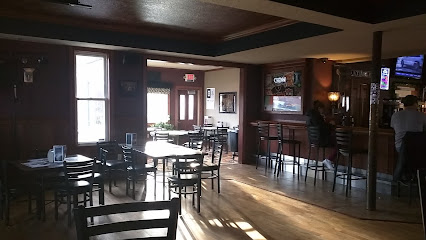
Tiki Beach Resort - Tiki Bar
Discover the vibrant Tiki Beach Resort in Campbellsport, Wisconsin – your ultimate destination for relaxation, adventure, and unforgettable memories by the water.
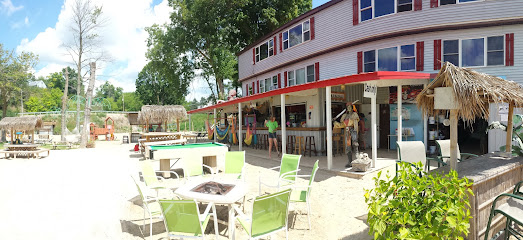
Bubs Irish Pub
Discover the heart of Irish culture at Bubs Irish Pub in Germantown, where hearty food, live music, and warm hospitality await every guest.
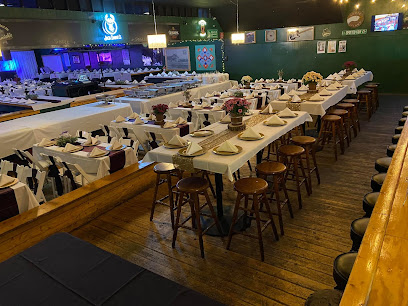
Great Outdoors Supper Club
Discover the Great Outdoors Supper Club: a grill restaurant in Kewaskum offering delicious meals and a warm, welcoming atmosphere.
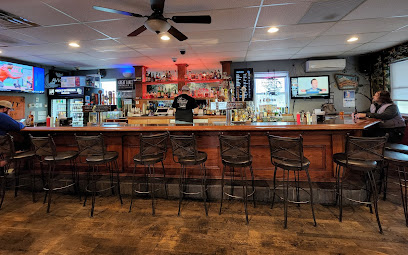
Big Sky Country Bar & Grill
Experience the heart of Germantown at Big Sky Country Bar & Grill, where delicious grill classics and a vibrant bar await every visitor.
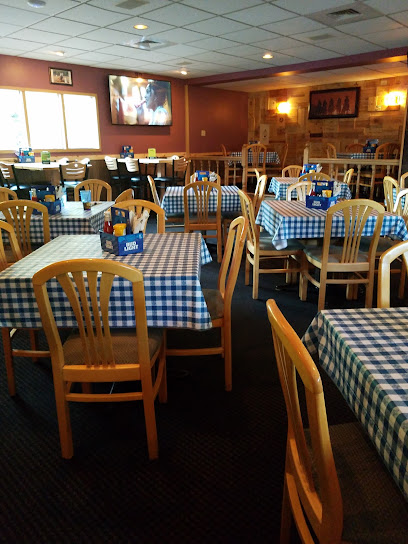
Hollywood's Roadhouse Bar & Grill
Discover the inviting atmosphere and delicious menu at Hollywood's Roadhouse Bar & Grill in Nashotah, Wisconsin, where good food and good times await.
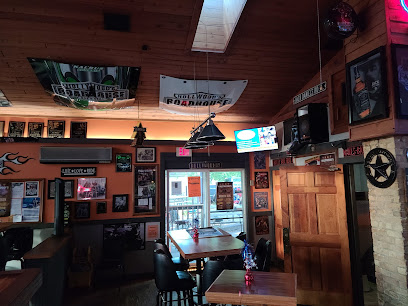
Crave
Experience culinary excellence at Crave, a charming bar and restaurant in Campbellsport offering a diverse menu and inviting ambiance.
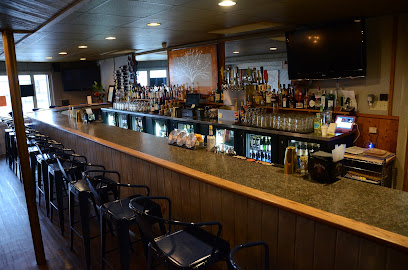
The Twisted Pair
Discover The Twisted Pair in Adell, Wisconsin, where local flavors and a cozy atmosphere create an unforgettable dining experience.
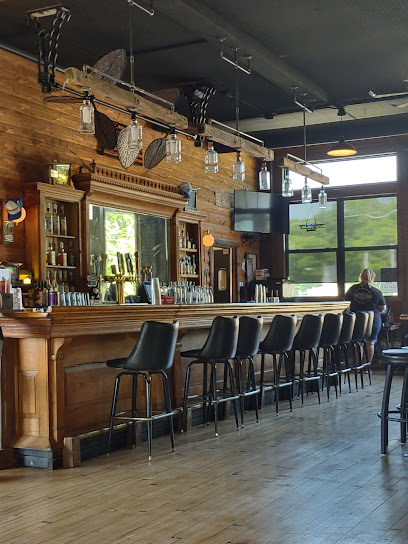
Between the Greens
Discover a delightful dining experience at Between the Greens, where fresh ingredients meet rustic charm in Saukville, Wisconsin.
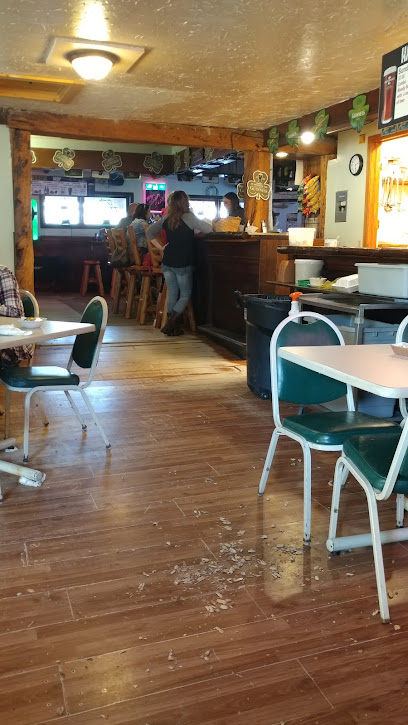
Town 9 Tap
Discover the vibrant atmosphere and delicious dining options at Town 9 Tap, a top bar and restaurant in Slinger, Wisconsin, perfect for all travelers.
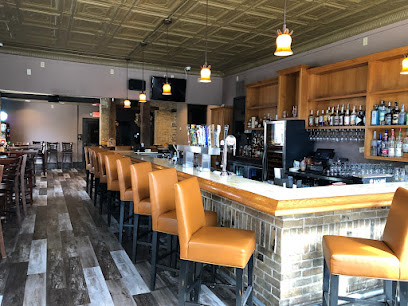
The Garden Lounge
Discover the vibrant ambiance at The Garden Lounge in West Bend, where great drinks, live music, and karaoke come together for an unforgettable experience.
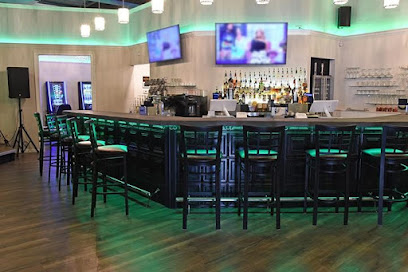
The Outpost Bar & Grill of Eden
Experience the charm of Eden, Wisconsin, at The Outpost Bar & Grill, where hearty meals and a friendly atmosphere await every visitor.
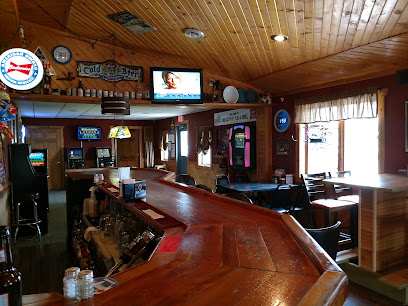
Our Place
Discover the vibrant atmosphere and delightful menu at Our Place, the perfect bar and restaurant in West Bend, Wisconsin.
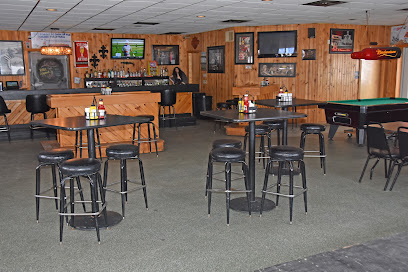
Local Phrases about Kettle Moraine State Forest
-
- HelloHowdy
[haw-dee] - GoodbyeSee ya
[see yah] - YesYep
[yep] - NoNah
[nah] - Please/You're welcomePlease
[pleez] - Thank youThanks
[thanks] - Excuse me/SorrySorry
[sore-ee] - How are you?How's it goin'?
[hows it goin] - Fine. And you?Good. How 'bout you?
[good how bout you] - Do you speak English?Ya speak English?
[yah speak english] - I don't understandI'm lost
[im lost]
- HelloHowdy
-
- I'd like to see the menu, pleaseMenu, please
[men-yoo please] - I don't eat meatNo meat for me
[no meat for me] - Cheers!Cheers!
[cheers] - I would like to pay, pleaseCheck, please
[check please]
- I'd like to see the menu, pleaseMenu, please
-
- Help!Help!
[help] - Go away!Go away!
[go away] - Call the Police!Police!
[police] - Call a doctor!Doctor!
[doctor] - I'm lostLost
[lost] - I'm illSick
[sick]
- Help!Help!
-
- I'd like to buy...I wanna buy...
[i wanna buy] - I'm just lookingJust lookin'
[just lookin] - How much is it?How much?
[how much] - That's too expensiveToo much
[too much] - Can you lower the price?Lower the price?
[lower the price]
- I'd like to buy...I wanna buy...
-
- What time is it?What time?
[what time] - It's one o'clockIt's one
[its one] - Half past (10)Half past ten
[half past ten] - MorningMorning
[morning] - AfternoonAfternoon
[afternoon] - EveningEvening
[evening] - YesterdayYesterday
[yesterday] - TodayToday
[today] - TomorrowTomorrow
[tomorrow] - 1One
[wun] - 2Two
[too] - 3Three
[three] - 4Four
[four] - 5Five
[five] - 6Six
[six] - 7Seven
[seven] - 8Eight
[ate] - 9Nine
[nine] - 10Ten
[ten]
- What time is it?What time?
-
- Where's a/the...?Where's the...?
[wheres the] - What's the address?What's the address?
[whats the address] - Can you show me (on the map)?Show me on the map
[show me on the map] - When's the next (bus)?When's the next bus?
[whens the next bus] - A ticket (to ....)Ticket to...
[ticket to]
- Where's a/the...?Where's the...?
History of Kettle Moraine State Forest
-
The Kettle Moraine State Forest is a geologically significant area that was formed during the last Ice Age, approximately 10,000 to 25,000 years ago. As the glaciers advanced and retreated, they sculpted the landscape, leaving behind a series of ridges, valleys, and depressions known as kettles. This unique topography provides a dramatic backdrop for visitors and is a key feature of the forest.
-
Long before European settlers arrived, the area now known as Kettle Moraine was inhabited by various Indigenous tribes, including the Potawatomi, Menominee, and Ho-Chunk (Winnebago) peoples. These tribes utilized the land for hunting, fishing, and gathering, and the region holds significant cultural and spiritual importance for them. Evidence of their presence can still be found in the form of burial mounds and artifacts.
-
European settlers began arriving in the Kettle Moraine area in the early 19th century. The rich natural resources, including timber and fertile soil, attracted farmers and loggers. By the mid-1800s, small communities and farms were established, and the landscape began to change as forests were cleared for agriculture and development.
-
During the Great Depression in the 1930s, the Civilian Conservation Corps (CCC) played a crucial role in the development of Kettle Moraine State Forest. The CCC was a public work relief program that provided jobs for young men. In Kettle Moraine, they constructed trails, roads, and buildings, many of which are still in use today. Their efforts helped lay the foundation for the forest's infrastructure and accessibility.
-
Kettle Moraine State Forest was officially established in 1937 to protect and preserve the unique glacial landscape and natural resources of the area. The forest is divided into two units: the Northern Unit and the Southern Unit, each offering a variety of recreational opportunities and natural attractions. Over the years, the state forest has expanded through land acquisitions and continues to be managed for conservation, recreation, and education.
-
Adjacent to the Kettle Moraine State Forest is the Horicon Marsh, one of the largest freshwater marshes in the United States. This area is a vital habitat for migratory birds and other wildlife. The marsh and forest together provide a diverse ecosystem that supports a wide variety of flora and fauna. The rich biodiversity makes it a popular destination for birdwatchers, naturalists, and outdoor enthusiasts.
-
Today, Kettle Moraine State Forest is a beloved destination for outdoor recreation, including hiking, biking, camping, and winter sports. The forest is also an important site for ongoing conservation efforts. Programs and initiatives focus on protecting native species, restoring habitats, and educating the public about the importance of preserving natural landscapes. The forest's blend of history, culture, and natural beauty continues to draw visitors from around the world.
Kettle Moraine State Forest Essentials
-
Kettle Moraine State Forest is located in southeastern Wisconsin. The nearest major airport is General Mitchell International Airport in Milwaukee, which is about 40 miles away. From Milwaukee, you can rent a car or take a taxi to reach the forest. Alternatively, you can fly into Dane County Regional Airport in Madison or Chicago O'Hare International Airport, both of which offer car rental services. The forest is also accessible by road; you can drive via Interstate 43 or U.S. Highway 45.
-
Having your own vehicle is the most convenient way to explore Kettle Moraine State Forest, as public transportation options are limited. The forest spans multiple units, making a car essential for moving between different areas. Biking is also a popular option within the forest, with several trails available. If you prefer not to drive, private tours and shuttles are occasionally offered by local tour companies.
-
The official currency in the United States is the U.S. Dollar (USD). Credit and debit cards are widely accepted, including in most shops, restaurants, and gas stations around the forest. ATMs are available in nearby towns, but it is advisable to carry some cash for smaller establishments that might not accept cards.
-
Kettle Moraine State Forest is generally a safe destination for tourists. However, always be mindful of your surroundings and take standard precautions. Avoid leaving valuables in your car, especially in visible areas. The forest itself is safe, but follow posted guidelines and stay on marked trails to avoid getting lost. There are no specific high-crime areas targeting tourists, but be cautious in less populated areas, especially after dark.
-
In case of emergency, dial 911 for immediate assistance. Park rangers and local law enforcement are available to help. There are medical facilities in nearby towns such as West Bend and Elkhorn. It is advisable to carry a basic first aid kit and have travel insurance that covers medical emergencies. For minor health issues, there are pharmacies in nearby towns where you can purchase over-the-counter medications.
-
Fashion: Do wear comfortable and weather-appropriate clothing, including sturdy hiking boots. Avoid wearing open-toed shoes. Religion: There are no specific religious customs to observe, but always be respectful of other visitors. Public Transport: Do plan your route in advance if you are using public transportation to nearby towns, as options are limited. Don't rely solely on public transport to explore the forest. Greetings: Do greet fellow hikers and visitors with a friendly nod or wave. Eating & Drinking: Do pack enough food and water for your visit, as amenities within the forest are limited. Don't leave trash behind; always use designated waste bins.
-
To experience Kettle Moraine State Forest like a local, visit during weekdays or off-peak seasons to avoid crowds. Engage in popular activities such as hiking, mountain biking, and bird watching. Don't miss out on the Ice Age National Scenic Trail, which offers stunning views and a glimpse into the area's geological history. Attend local events and festivals in nearby towns to get a taste of regional culture and cuisine.
Trending Landmarks in Kettle Moraine State Forest
-
Kettle Moraine State Forest - Northern Unit
-
Kettle Moraine State Forest - Lapham Peak Unit
-
Parnell Tower
-
Wade House Historic Site
-
Cedarburg Covered Bridge
-
Kettle Moraine State Forest - Pike Lake Unit Day Use Area
-
Kettle Moraine State Forest - Mukwonago River Unit
-
Kettle Moraine Low Prairie State Natural Area
-
Spruce Lake Bog
-
Kettle Moraine State Forest - Loew Lake Unit
-
Kettle Moraine Red Oaks State Natural Area
-
Old Wade House State Park
Nearby Cities to Kettle Moraine State Forest
-
Things To Do in Milwaukee
-
Things To Do in Oshkosh
-
Things To Do in Appleton
-
Things To Do in Racine
-
Things To Do in Lake Geneva
-
Things To Do in Kenosha
-
Things To Do in Madison
-
Things To Do in Green Bay
-
Things To Do in Wisconsin Dells
-
Things To Do in Waukegan
-
Things To Do in Palatine
-
Things To Do in Rockford
-
Things To Do in Arlington Heights
-
Things To Do in Muskegon
-
Things To Do in Sturgeon Bay






